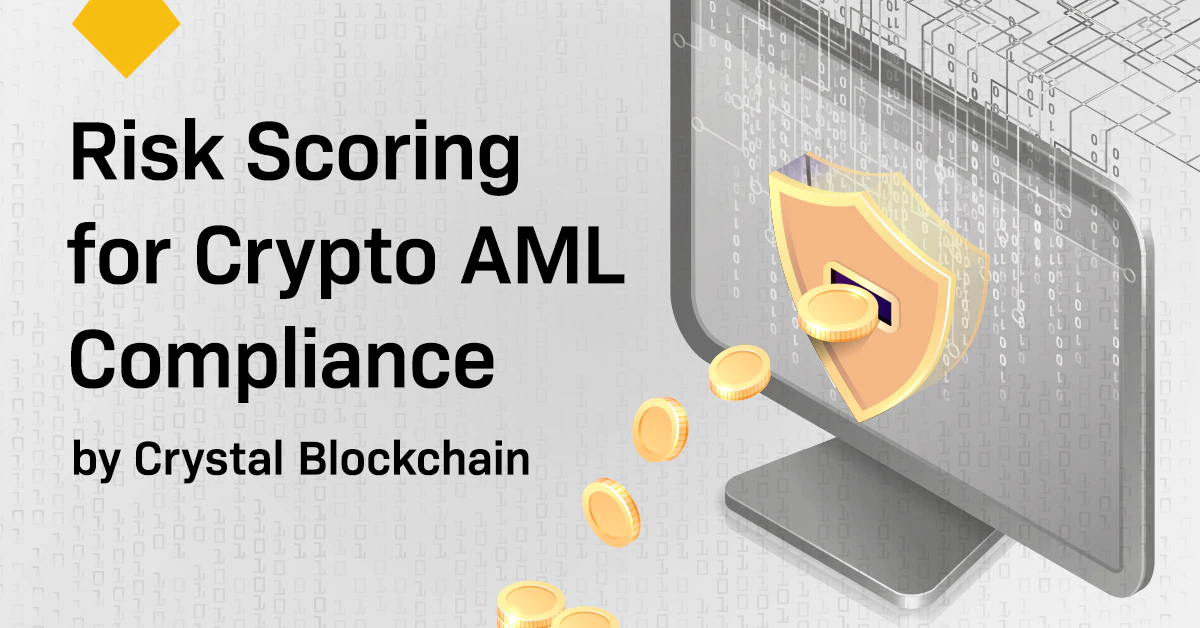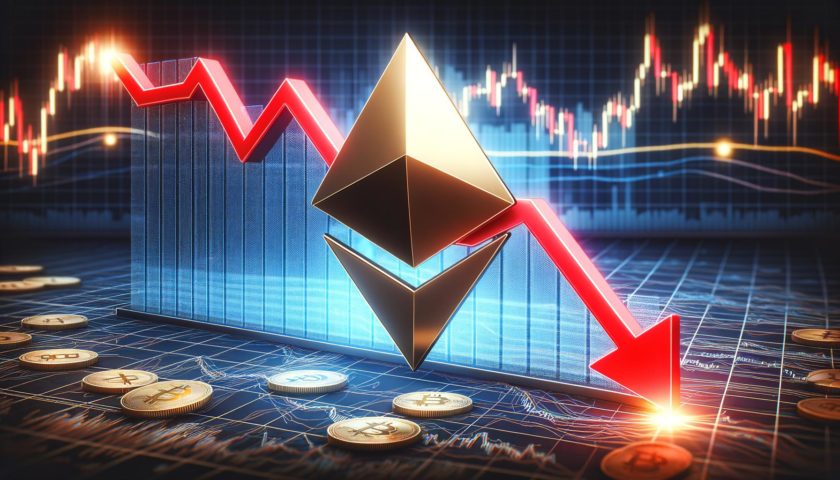A set of critical safeguarding rules are common to any cryptocurrency transaction, wherever the jurisdiction: tracking blockchain transactions to identify suspicious entities, updating policies and aligning with the latest regulatory requirements, customizing monitoring mechanisms to identify specific risks, conducting consistent risk assessment exercises and studying historical transaction data to identify suspicious trends. In theory, this is all clear. But in practice there is a huge disparity in attitudes and regulations across different markets around the world, making it difficult for businesses to comply at a global level.
How Risk Scoring Can Help Meet Regulatory Requirements




